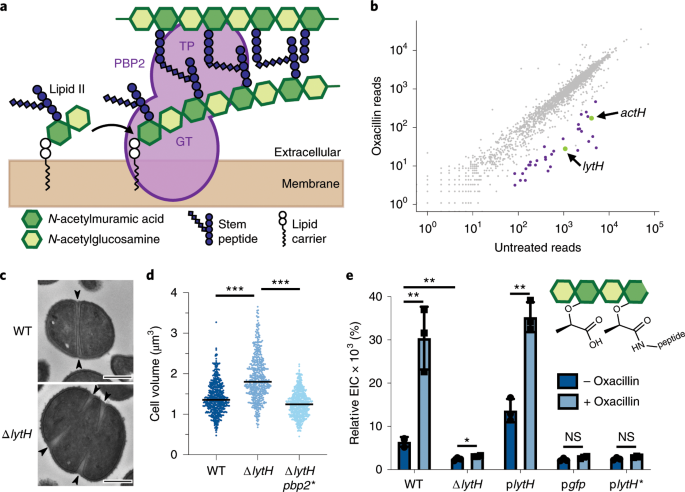
It lists the nodes as they appear top-down in the taxonomic tree, with the more general grouping listed lineage iĬellular organisms › Bacteria › Terrabacteria group › Firmicutes › Bacilli › Bacillales › Staphylococcaceae › Staphylococcus › Staphylococcus aureusĬomplete GO annotation on QuickGO. This subsection of the Names and taxonomy section contains the taxonomic hierarchical classification lineage of the source organism. This is known as the 'taxonomic identifier' or 'taxid'.More.Taxonomic identifier i This subsection of the Names and taxonomy section shows the unique identifier assigned by the NCBI to the source organism of the protein. Staphylococcus aureus (strain MW2) Imported This subsection of the Names and taxonomy section provides information on the name(s) of the organism that is the source of the protein i parainfluenzae can be addressed by transfer of ftsI genes in vitro.Automatic assertion inferred from database entries i The effect of PBP3 substitutions on beta-lactam resistance in H. A nitrocefin hydrolysis assay showed TEM-15 to be a less efficient enzyme compared to TEM-1.CONCLUSIONS: TEM-15 and PBP3 substitutions impose an additive effect on resistance to third-generation cephalosporins in both H. Production of TEM-15 beta-lactamase conferred CTX resistance on both H. parainfluenzae ninefold, but the level did not transgress the resistance breakpoint. Group III-like PBP3, comprising substitutions N526H and S385T, increased the CTX MIC of H. influenzae according to EUCAST interpretative criteria. Group III PBP3, comprising substitutions N526K, S385T, and 元89F, conferred CTX resistance to H. parainfluenzae can be addressed by transfer of ftsI genes in vitro.ĪB - AIMS: To investigate the relative contributions of naturally occurring penicillin-binding protein 3 (PBP3) substitutions, and TEM-1, TEM-15, and ROB-1 beta-lactamases on resistance to a third-generation cephalosporin in Haemophilus influenzae and Haemophilus parainfluenzae.RESULTS: The minimum inhibitory concentration (MIC) of cefotaxime (CTX) was assessed after transformation with PCR-amplified ftsI genes expressing altered PBP3 and/or small plasmids encoding beta-lactamases into an isogenic environment of H. N2 - AIMS: To investigate the relative contributions of naturally occurring penicillin-binding protein 3 (PBP3) substitutions, and TEM-1, TEM-15, and ROB-1 beta-lactamases on resistance to a third-generation cephalosporin in Haemophilus influenzae and Haemophilus parainfluenzae.RESULTS: The minimum inhibitory concentration (MIC) of cefotaxime (CTX) was assessed after transformation with PCR-amplified ftsI genes expressing altered PBP3 and/or small plasmids encoding beta-lactamases into an isogenic environment of H. T1 - Contribution of PBP3 Substitutions and TEM-1, TEM-15, and ROB-1 Beta-Lactamases to Cefotaxime Resistance in Haemophilus influenzae and Haemophilus parainfluenzae

parainfluenzae can be addressed by transfer of ftsI genes in vitro.", Abstract = "AIMS: To investigate the relative contributions of naturally occurring penicillin-binding protein 3 (PBP3) substitutions, and TEM-1, TEM-15, and ROB-1 beta-lactamases on resistance to a third-generation cephalosporin in Haemophilus influenzae and Haemophilus parainfluenzae.RESULTS: The minimum inhibitory concentration (MIC) of cefotaxime (CTX) was assessed after transformation with PCR-amplified ftsI genes expressing altered PBP3 and/or small plasmids encoding beta-lactamases into an isogenic environment of H.


 0 kommentar(er)
0 kommentar(er)
